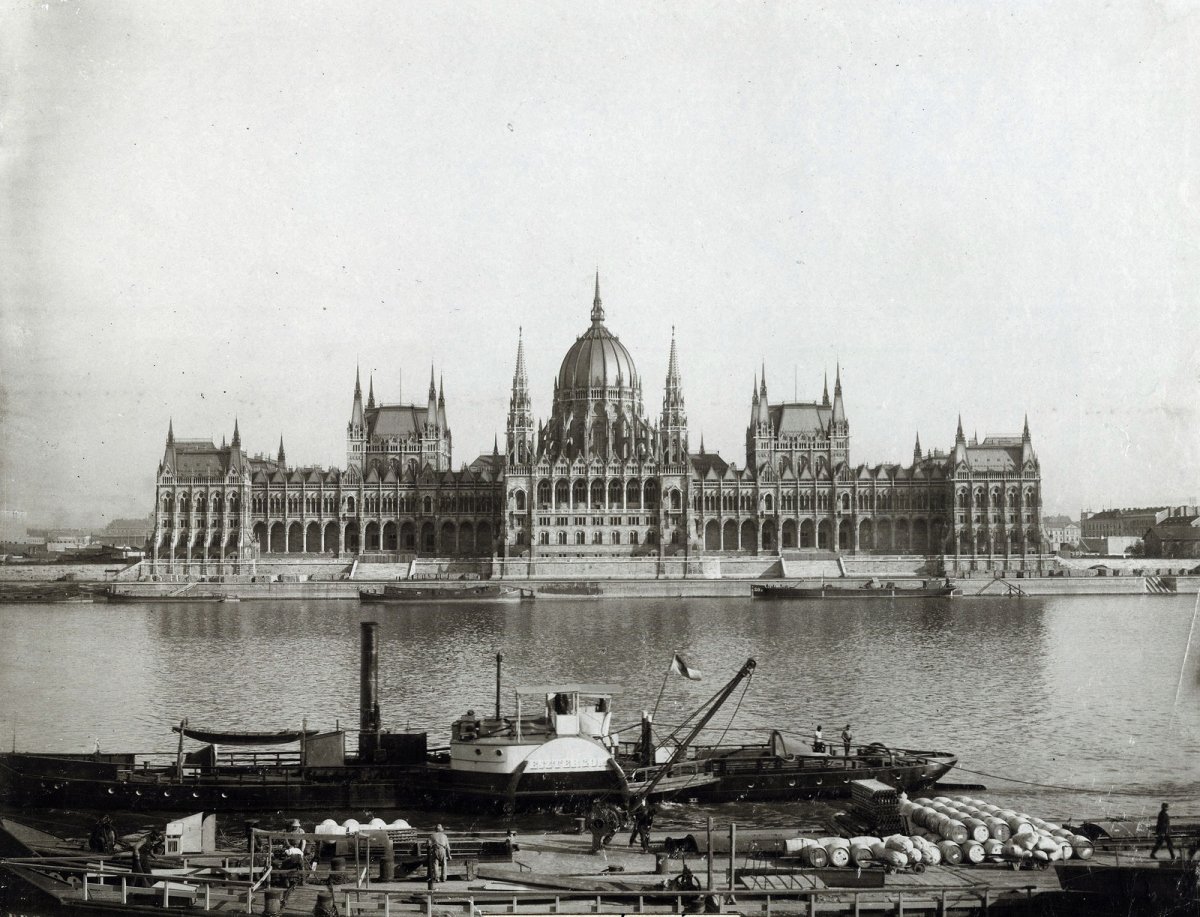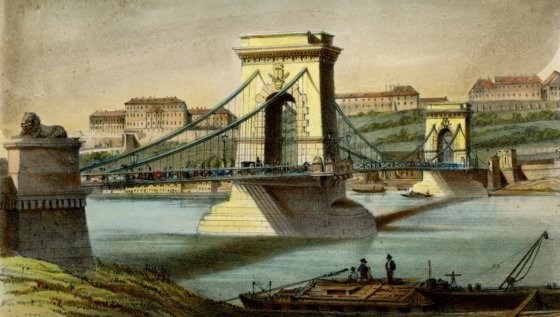The foundation stone of the Parliament was laid on 16 August 1887, when construction had already been underway for almost two years. In fact, this foundation stone was literally the first stone of masonry, not an ornamental stone or a metal box hidden in stone, as is the case with many other buildings. Pesti Hírlap wrote the following about the foundation stone on 30 August 1887:
"The first foundation stone is a simple square stone, like the foundation stones of other ordinary houses; it does not even have a single monogram on it, so that the antiquarians will puzzle over it a thousand years from now. Because the builders of the palace do everything they can with their knowledge and the tools at their disposal so that their creation can celebrate a thousand-year jubilee."
Why did it take almost two years for them to get to this point? The parliament building was built on the bank of the Danube, on a partially filled area, on the former Tömő Square, which the newspapers of the time described as the end of the world, a desolate area.
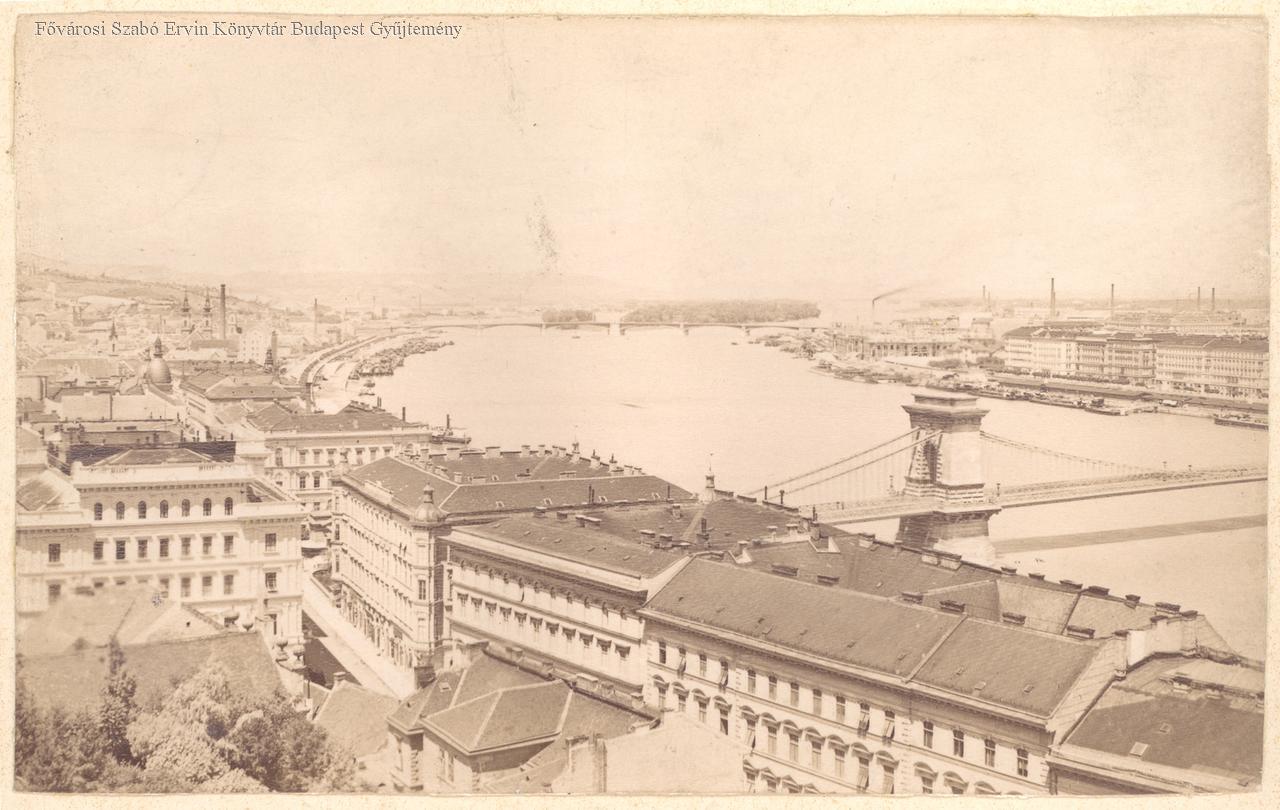
The Parliament is still nowhere to be found, the Pest bridgehead of Margit Bridge was still an industrial area in the early 1880s (Photo: FSZEK Budapest Collection)
Tömő Square was once a garbage dump in the northern end of Pest. Even when the Margit Bridge was opened, and even when Article 58 of 1880 was passed ordering the construction of the new Parliament here, the area filled from the Danube was a world of homeless people and vagabonds. The law clearly states:
"Section 1. The construction of the permanent parliament building, which will accommodate both houses of the parliament, on Tömő Square in the 5th District of the capital is hereby ordered."
The square was called Tömő Square because the Danube once flowed in the place of this piece of land, it was continuously filled up from the beginning of the 1800s, and it was cut out of the riverbed when the Danube was regulated.
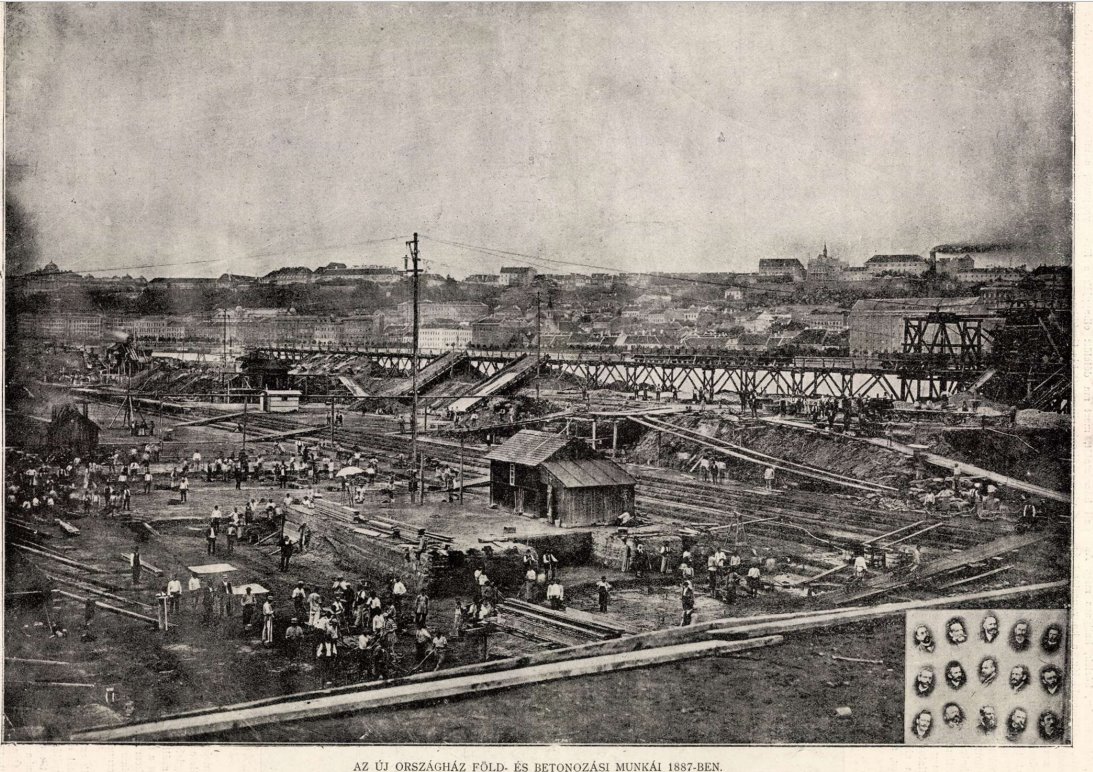
The concreting works in 1887 (Photo: Ország Világ, 19 October 1902)
Unsurprisingly, as soon as they started to dig out the massive foundation pit, the Danube broke through, and where was not the Danube, groundwater appeared. For the foundation, larch piles had to be knocked down first, and a waterproof layer had to be created from these and clay. The size of the working pit was also impressive, as 176,000 cubic metres of earth had to be moved. Budapesti Hírlap wrote about this on 30 August 1887:
"Every night, electric lamps now illuminate the barren area from the outer Nádor street, from the end of the world all the way to Hargitáid, where the palace of the house of parliament will stand. They had barely begun to dig the foundations of the house of parliament, they had to stop work with great fear. The water of the Danube bubbled up and down everywhere in the entire area. They started new work then, they made a waterproof concrete foundation two metres above the level of the Danube, and at the same time they finished all the earthworks. Now they are building the wall of the loading dock, they have to hurry so that it is ready before winter, because this will have to face the higher water level in winter or spring."
Since there was no way to use a traditional foundation, the foundation of the Parliament was solved with an extremely large concrete block. This concrete block is usually 2 metres thick, but in some places - below the dome hall - it reaches a thickness of five metres. All this on 19.5 thousand square metres. This was created by continuous concreting by pouring 20-30 centimetres of concrete at a time. This required them to work almost non-stop, which was also helped by electric lighting. The digging of the pit and the concreting, which began in October 1885, were completed by August 1887.
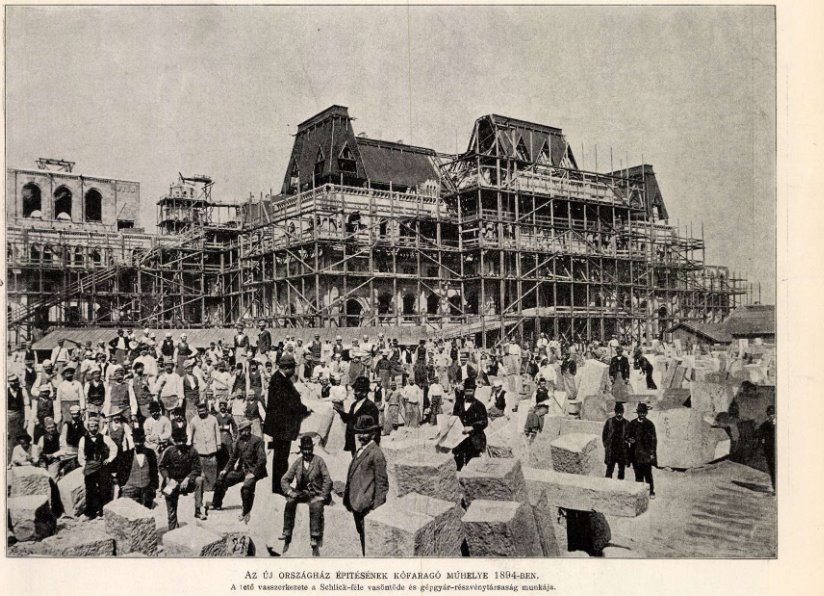
The stone carving workshop (Photo: Ország Világ, 19 October 1902)
So the foundation stone was actually the first piece of stone that was placed on this huge concrete block, that is, the first stone of the masonry, which was placed in one of the corners at the southern end of the building. However, at the laying of the first stone, only a few senior-position people were present, according to the papers, architect Ottó Tandor, the deputy of Imre Steindl and royal engineer and technical inspector Gusztáv Nendtvich were present.
The work had to be done in a hurry, this was one of the reasons why no big ceremony was organised for the laying of the first masonry stone, because according to the original plans, the building should have been completed by 1896, but it was not completed until 1902, when the House of Representatives and Magnates moved in. (Almost immediately, they began replacing the soft sandstone pavement used due to haste, which was only completed in 2014.)
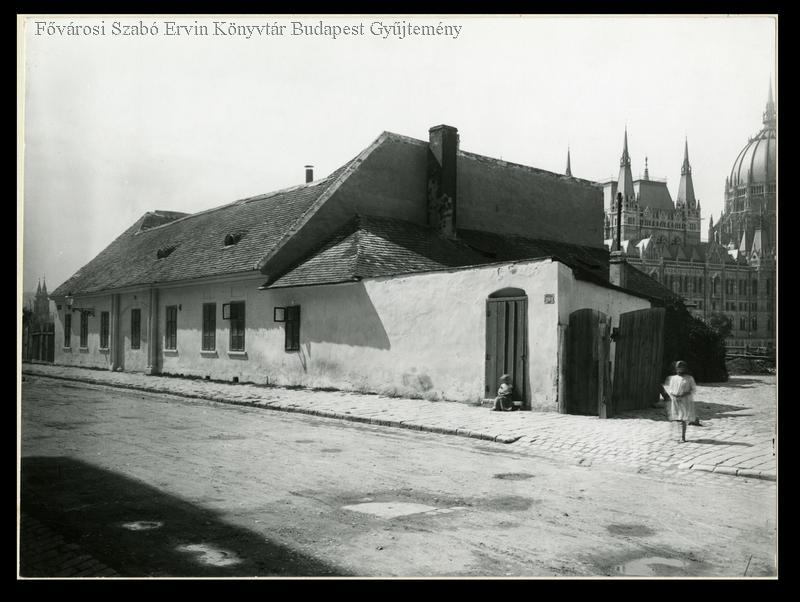
In addition to the nearly finished Parliament, the environment was still rural at the turn of the century (Photo: FSZEK Budapest Collection)
In any case, the excellent foundation work is shown by the fact that the Parliament has not sunk significantly since then, the difference in height between the northern and southern ends is only 2 centimetres. Although the house itself is extremely massive, a total of 40 million bricks and half a million decorative stones were used, the 40 kilograms of gold used for decoration is dwarfed by that.
Cover photo: The Parliament around 1900 (Photo: Fortepan/Budapest Archives, Reference No.: HU.BFL.XV.19.d.1.08.106)

